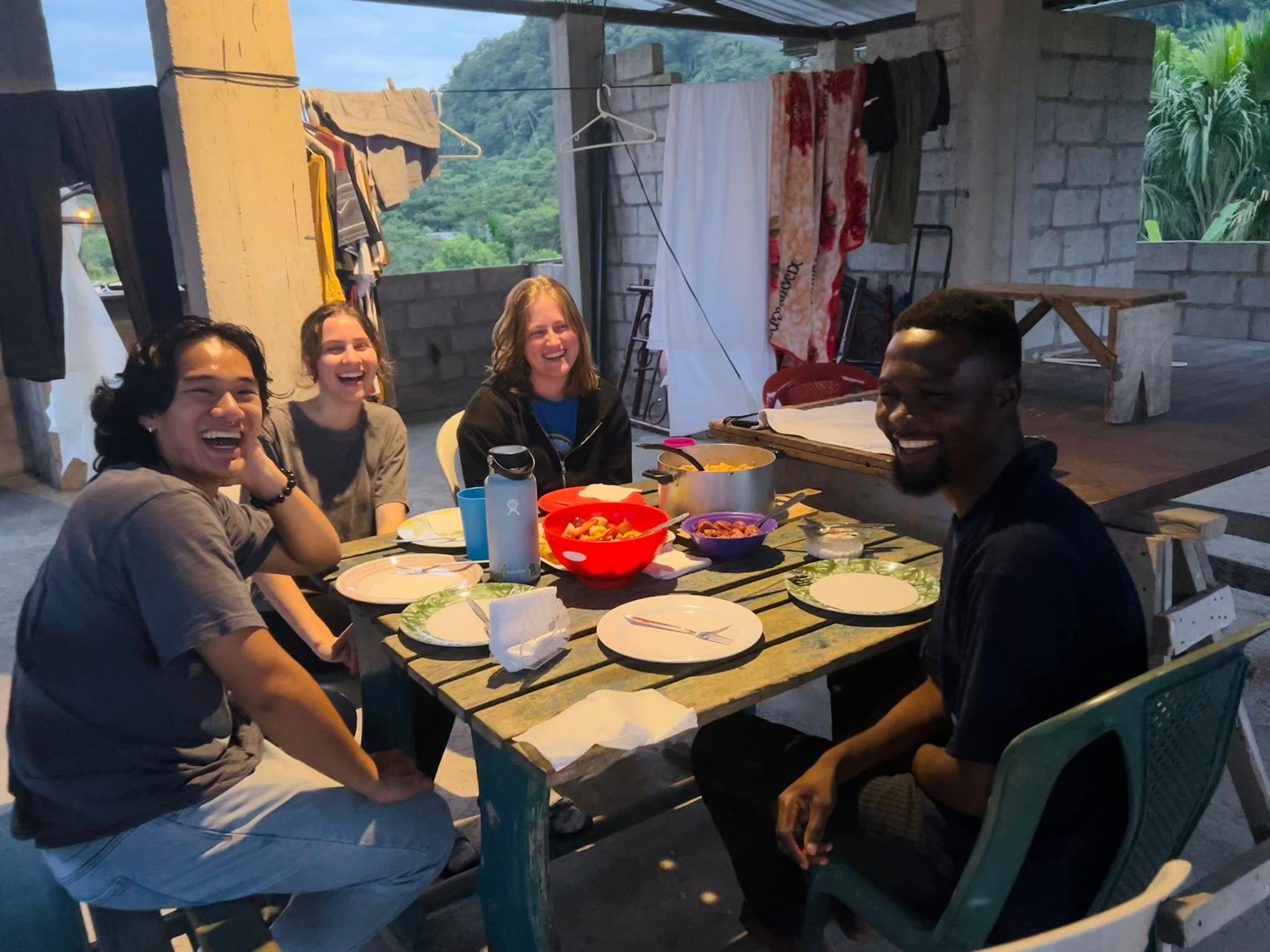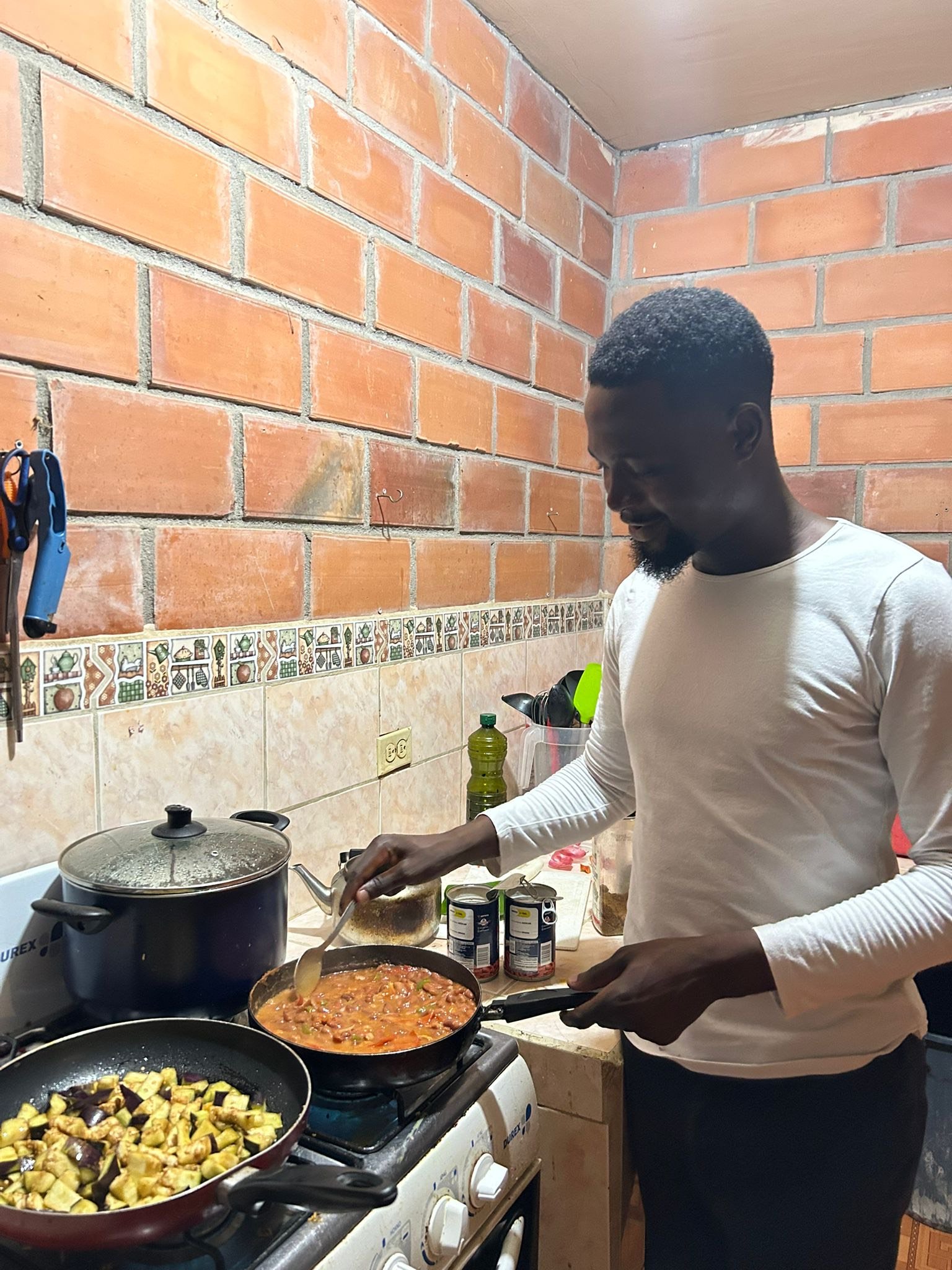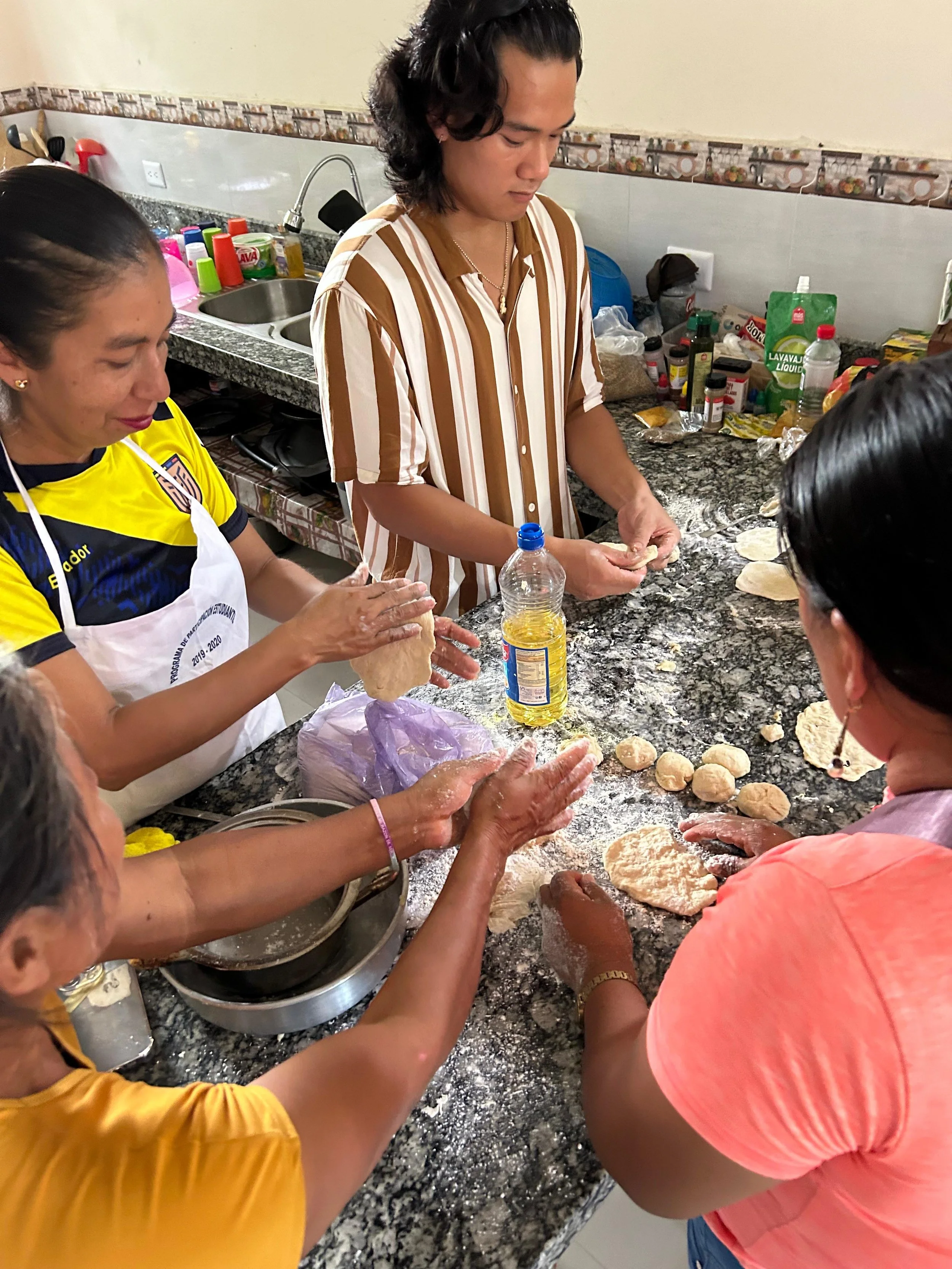Our Summer Interns have been working around the clock to make magic happen in Shandia. They’ve spent time planning an awesome Summer Camp for local students in their vacation time from classes. They’ve working on trails and helped with various sustainability and environmental programs. They’ve shadowed with doctors, helping with data analysis and note taking. They’ve cooked meals. They’ve created community. And they’re on their ways to being the next social change agents in their communities.




Week 1
By Amaya Reddy (Summer Intern ‘24, Bowdoin College)
This week, we began our month-long summer camp program. Led by our three interns–Ethan, Nora, and Amaya– this program is meant to provide campers with fun, educational activities throughout their summer break. This week, campers separated into three teams to compete in a nature scavenger hunt. The competition was intense, as each team rushed to pick up trash, find chickens, and take pictures. Despite the valiant effort of the Tigres and the Tigerones, the Lobos ultimately finished in first, with a whopping margin of 30 points.

Week 2
By Patrick Maluwa (Program Director ‘24, Lilongwe University of Agriculture and Natural Resources ‘23)
Hello, Tuesday! We have chosen this day to gather and have dinner together as volunteers in the house. I am very grateful and excited for Tuesdays because I can't wait to taste the diverse meals from my fellow volunteers representing different countries. On this day, I have had the opportunity to teach how to prepare our Malawian staple meal, Nsima, and I have also enjoyed a deliciously cooked pasta made by an Italian volunteer not only that but I also had the pleasure of tasting a traditional German dish called Reibekuchen and many foods just to mention a few.

Week 3
By: Nora Parker (Intern ‘24 University of Richmond)
This past weekend, Ethan, Amaya and I cooked Indian lentils and puri with the women's group in Shandia. A group of women came over to Casa de Susy for the afternoon and we taught them how to make lentils with Indian spices and red chili peppers. We then showed them how to make puri (fried flatbread). These cooking classes are suppose to work as cultural exchanges, so the last time they did this, these women taught us how to cook made Maito de Tilapia and an assortment of other dishes. It was certainly challenging trying to explain the recipe in Spanish but it was a really interesting experience and the food turned out good!











